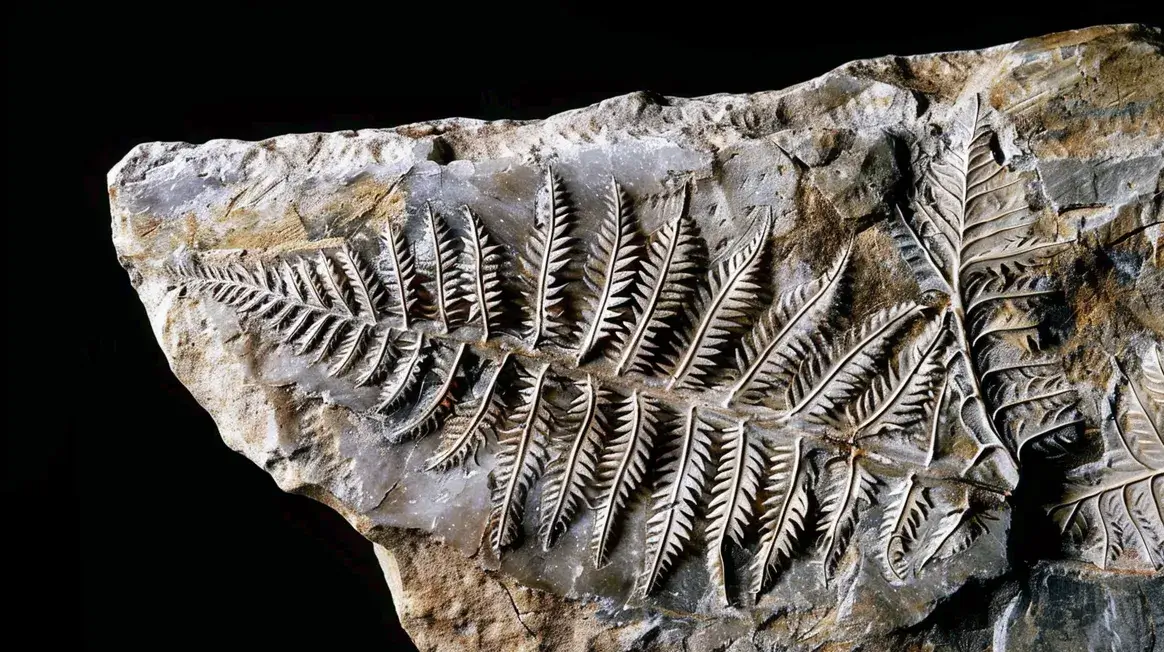
Alluvial fans are triangle-shaped deposits of sediment that form where a fast-flowing river or stream slows down and spreads out, usually at the base of a mountain or hill. These fascinating geological features can tell us a lot about the ancient landscapes inhabited by dinosaurs and other prehistoric creatures.
al·lu·vi·al fan
/əˈlo͞ovēəl fan/
noun
As water rushes down steep slopes, it picks up loose sediment like sand, gravel, and even boulders. When the river reaches flatter ground, it suddenly slows down and drops its load of sediment, creating a wide, fan-shaped deposit. Over time, these alluvial fans can grow to be quite large, sometimes covering hundreds of square miles!
During the time of the dinosaurs, alluvial fans were common in many parts of the world. They often formed at the edges of large mountain ranges, like the Rocky Mountains in North America or the Andes in South America. Dinosaurs and other animals likely used these areas as migration corridors, taking advantage of the lush vegetation and abundant water that collected at the base of the fans.
Example
One famous example of an ancient alluvial fan is the Morrison Formation in the western United States. This rock unit, which dates back to the Late Jurassic Period (about 150 million years ago), contains the remains of many well-known dinosaurs, including Stegosaurus, Diplodocus, and Allosaurus. The presence of alluvial fans in the Morrison Formation tells us that this area was once a dynamic landscape, with rushing rivers and towering mountains.
Fun Fact
Did you know that alluvial fans can be hotspots for fossil formation? Because they are created by fast-moving water, alluvial fans can quickly bury the remains of dead animals, protecting them from scavengers and decay. Over millions of years, these buried bones and other tissues can mineralize, turning into the fascinating fossils that paleontologists study today!
People Also Ask
How do alluvial fans form? Alluvial fans form when a fast-flowing river or stream emerges from a steep, narrow canyon onto a flatter plain. As the water spreads out and slows down, it drops its load of sediment, creating a wide, fan-shaped deposit.
What can alluvial fans tell us about ancient environments? The presence of an alluvial fan in the rock record can provide valuable clues about the ancient landscape. It suggests that there were mountains or hills nearby, as well as fast-flowing rivers or streams. The size and shape of the fan can also tell us about the climate, with larger fans indicating wetter conditions.
Are there any modern examples of alluvial fans? Yes, there are many modern examples of alluvial fans around the world. Some well-known ones include the Kosi River fan in India, the Okavango Delta in Botswana, and the Death Valley fans in California. These modern fans can help us better understand how their ancient counterparts formed and what kinds of environments they represented.